One of the super skinny cover girls seems to be different: half-naked, wearing a yellow and purple bikini and stretching out in the sand, waves hit against her legs.
Wet beachy hair is softly flying around in the wind, the brown eyes look straight and self-confident. Quite an usual situation in many men’s magazines. But there is a difference: Ashley Graham doesn’t have the standard and highly acclaimed 90-60-90 body shape and the magazine isn’t a men’s magazine but the American Sports Illustrated. Ashley Graham is a plus size model and is the first curvy model to be on the cover of this fitness magazine. With the swimsuit issue the statement is clear: Beauty doesn’t depend on weight.
Germany follows the trend. The tv channel RTL II started a body revolution and produced the TV show “Curvy Supermodel”. All newcomer models with a minimum clothing size of 40 could apply for the show. “Curvy Supermodel” is the first casting show in the world to present healthy and “normal” women in a glamorous surrounding. The show was a big success, at the moment RTL II is casting new contestants for the second season.
First Marilyn Monroe, then Kate Moss
Body and beauty ideals were not always to be super skinny. In the Fifties the beauty of Marilyn Monroe was the ultimate body goal: curvy, feminine and self-confident. Women with feminine curves who feel confident with their big boobs and hips, were aspired. Wearing clothes in size 40 to 42 Marilyn Monroe became a sex symbol of the century. When Twiggy became successful in the Swinging Sixties the body ideal changed radically: Big doll eyes, her androgyne, bony shape and the bubi head were catchy and popular. Due to the invention of diet pills and aerobic videos fitness and shaping your body became famous. A healthy way of living was essential. Elle McPherson, famous top model from the 80ies and called “The Body” embodied this trend and is the role model of the body cult. More than half of the Playboy models suffered from 15% of underweight. The super models of the 90ies, Claudia Schiffer, Naomi Campbell, Linda Evangelista and Cindy Crawford, convinced with skinny and well-trained bodies.
Da auf jeden Trend auch eine Gegenbewegung folgt kam durch Calvin Kleins provokante Kampagnen in den 90s der „Heroin Chic“ auf. Die damals 14-jährige Kate Moss verkörperte diese Bewegung mit spitzen Hüftknochen, eckigen Schultern und einer schmalen Taille perfekt. Weltbekannte Modefotografien, unter anderem von Jürgen Teller, zeigen das junge, blasse Mädchen mit Zigarette im Mundwinkel in übergroßen Shirts mit tiefen Augenringen. Ihr Look machte sie zum Topmodel und formte das Schönheitsideal dieser Zeit. In den 00er-Jahren galt eine große, schlanke Frau – mit einer ordentlichen Oberweite – als ideal.
Every trend empowers an anti trend. In this case Calvin Klein set the trend with its provoking campaigns in the Nineties where the so called “Heroin Chic” was dominating the beauty ideals. 14-years-old Kate Moss was the face of this movement, having sharp hip bones, square shoulders and a super thin waist. World-known fashion photographies, for example from Juergen Teller, show the young, pale girl with a cigarette in the corner of her mouth, wearing oversized shirts with deep eye shadows. Her look was the reason for her top model career and formed the beauty ideal of that time. In the 2000s tall and skinny women, ideally with big boobs, were most desired.
Curvy models on the runway
Beauty brand Dove launched a famous campaign with curvy models in 2004. With it they support normally weighted women. “No models, but toned curves” was the claim of the Dove skin toning care series. The “New York Times” even forecasted a “potential for a fundamental change” in advertising.
A niche became a business. Especially in the US more and more women break ground with curves. One example is Candice Huffine who was the first plus size model in the famous Pirelli calendar 2015, next to top models such as Adriana Lima and Gigi Hadid, photographed by Steven Meisel. Ashley Graham is the most successful plus size model in the world. She walked New York Fashion Week, e.g. for Michael Kors, was the cover model on US Vogue and designed a swimwear collection for “Swimsuits for all”. Generally speaking New York Fashion Week set records this year. 27 plus size models walked this New York Fashion Week. Candice Huffine wore a shirt reading “Our Minds. Our Bodies. Our Power.” walking the Prabal Gurung fashion show.
The first super model worldwide wearing plus size
The plus size section was first offered by the internationally well-known modelling agency Ford Models in 1998. The first successful plus size model was Emme, who became famous by just her first name. In the late 90ies and early 2000s Emme earned only 150 Dollars per day whereas her skinny colleagues earned six times more for the same work load. This was the reason why Emme was only photographed in oversized shirts in the background. Sexy even if you’re curvy? The obvious response of the producers was a clear statement.
Her flawless teint, the great blond hair and her self-confident body feeling inspired many photographs and so more and more young women got attention from agents, editors and designers. Karl Lagerfeld discovered the fiery Crystal Renn and let her walk his Chanel Resort Show in 2010 in Saint-Tropez.
“You are beautiful”
The curvy market gets established step-by-step. Last New York Fashion Week was an important move in the right direction. Danielle van Grondelle, a Dutch curvy model, said in an interview: “Be a healthy version of yourself. If that means you are curvy, then this is wonderful. And if it means you are skinny, it is as beautiful.”
Translation: Danielle De Bie

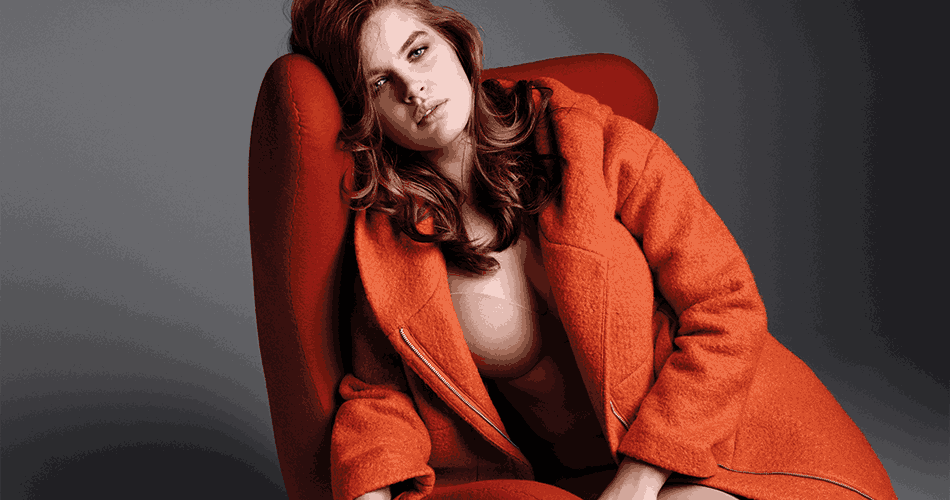
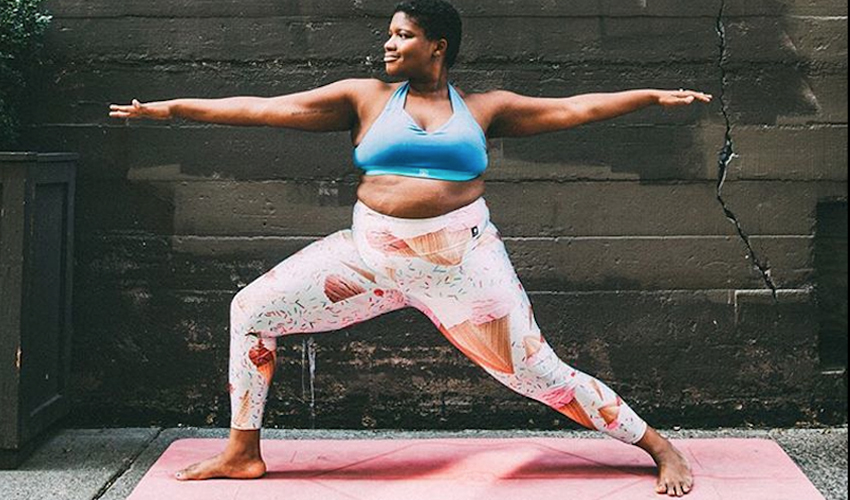


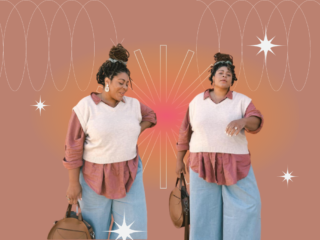

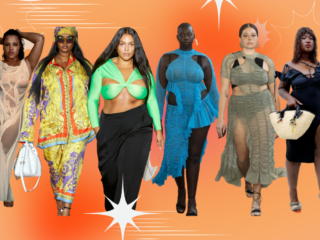
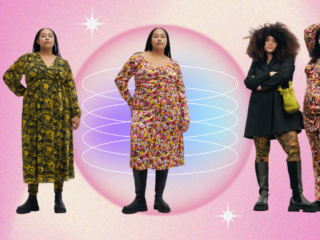
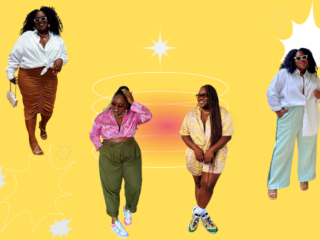
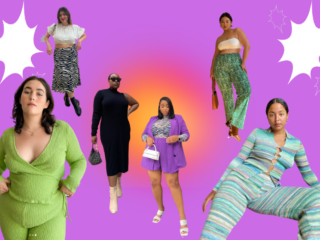
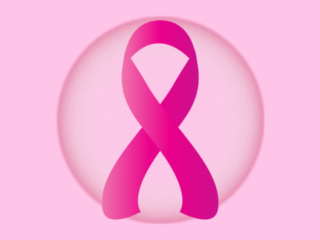
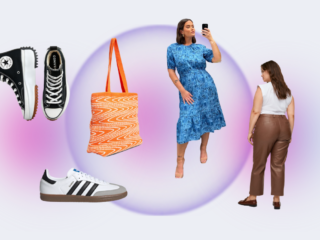
1 comment
Comments are closed.